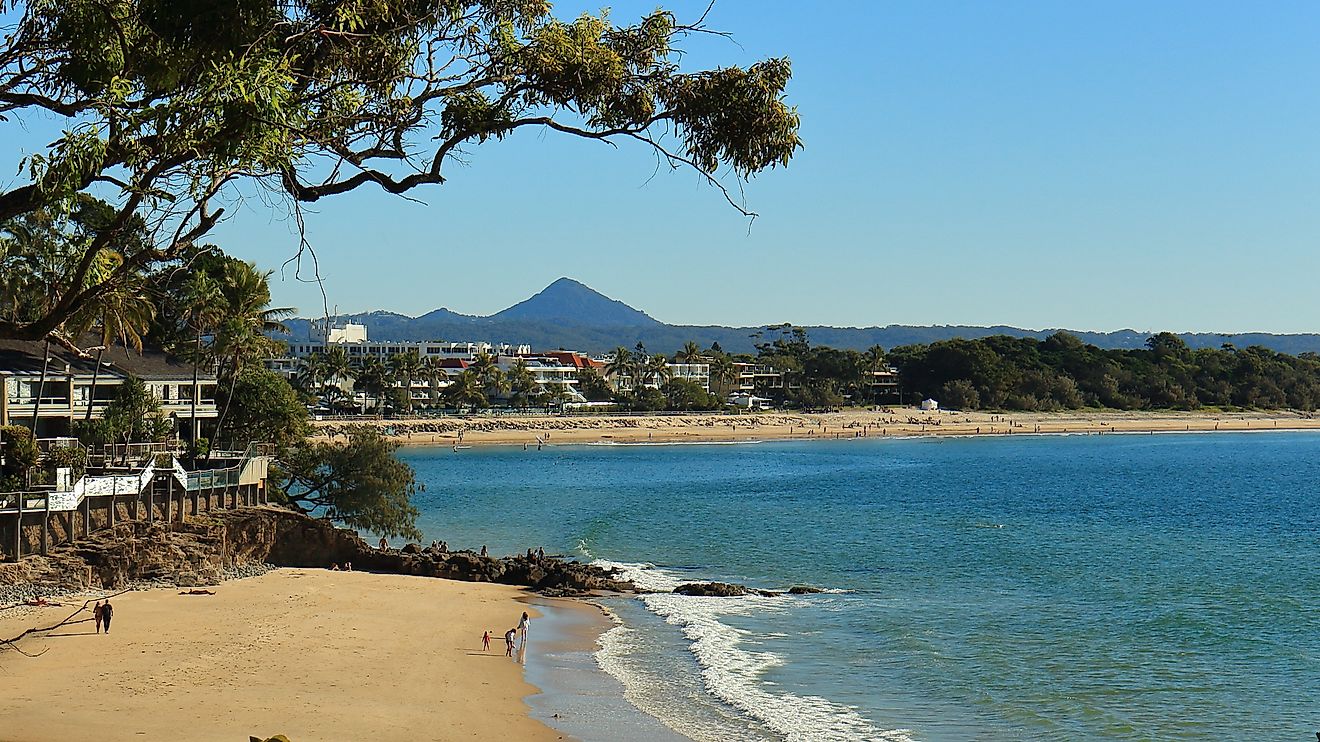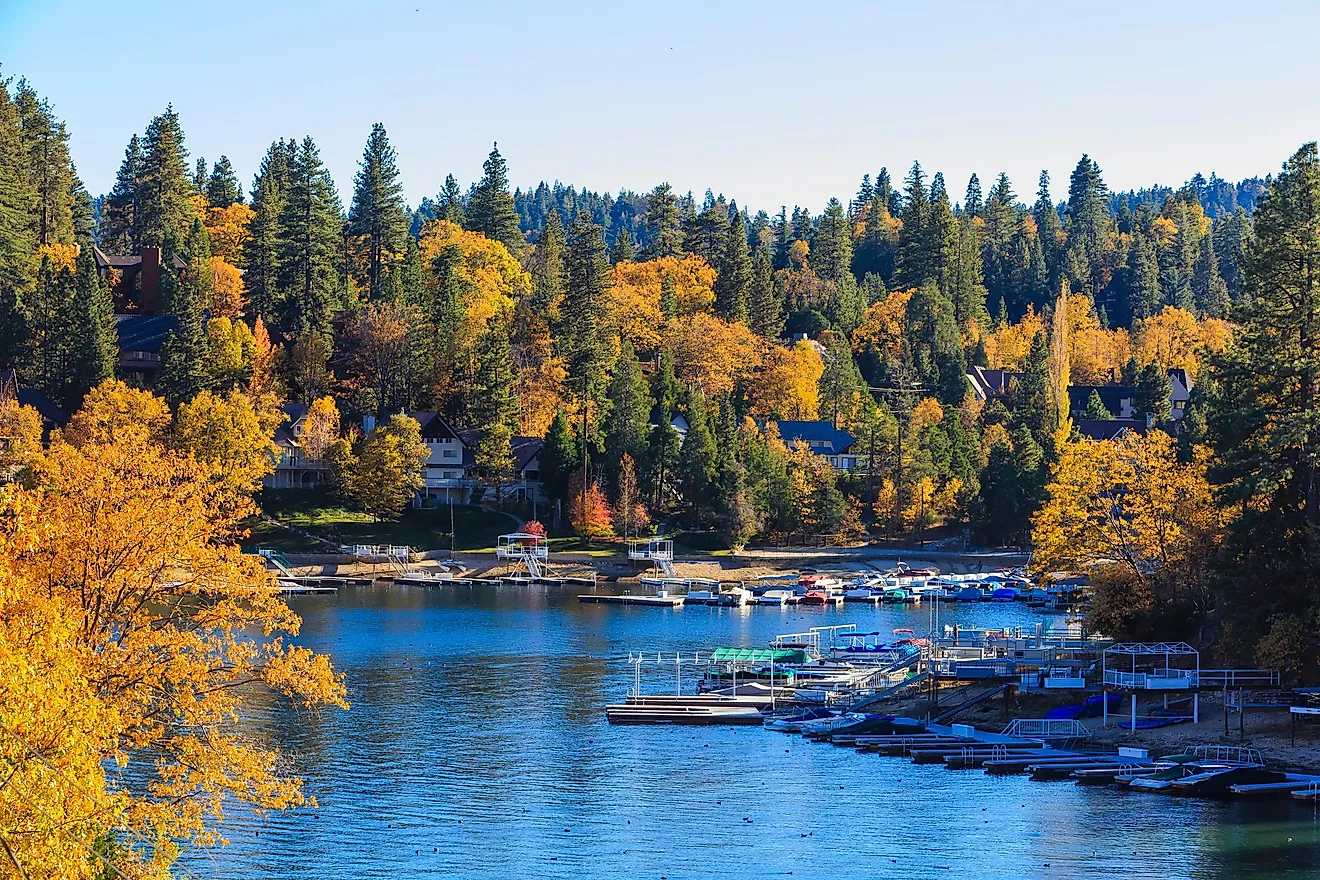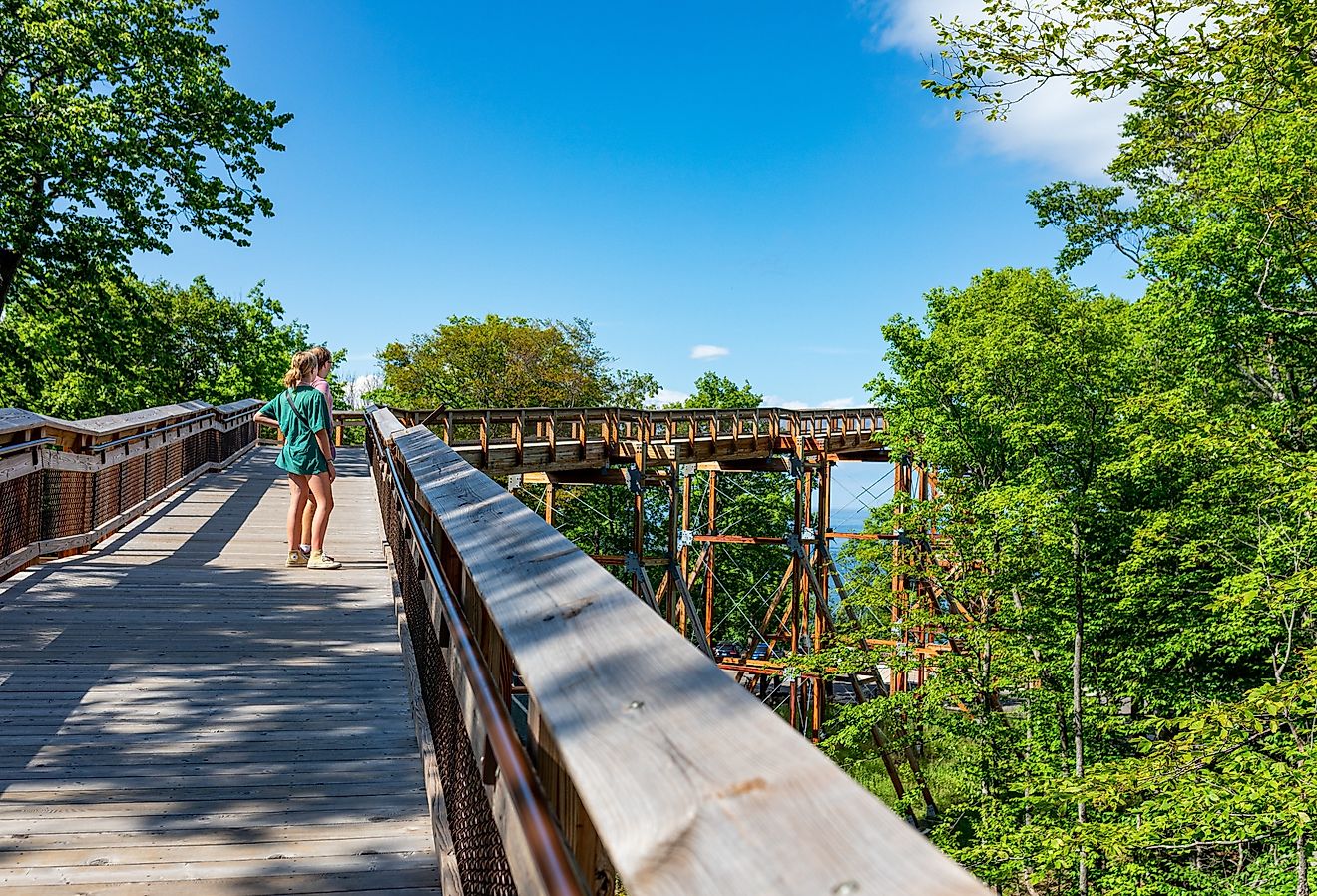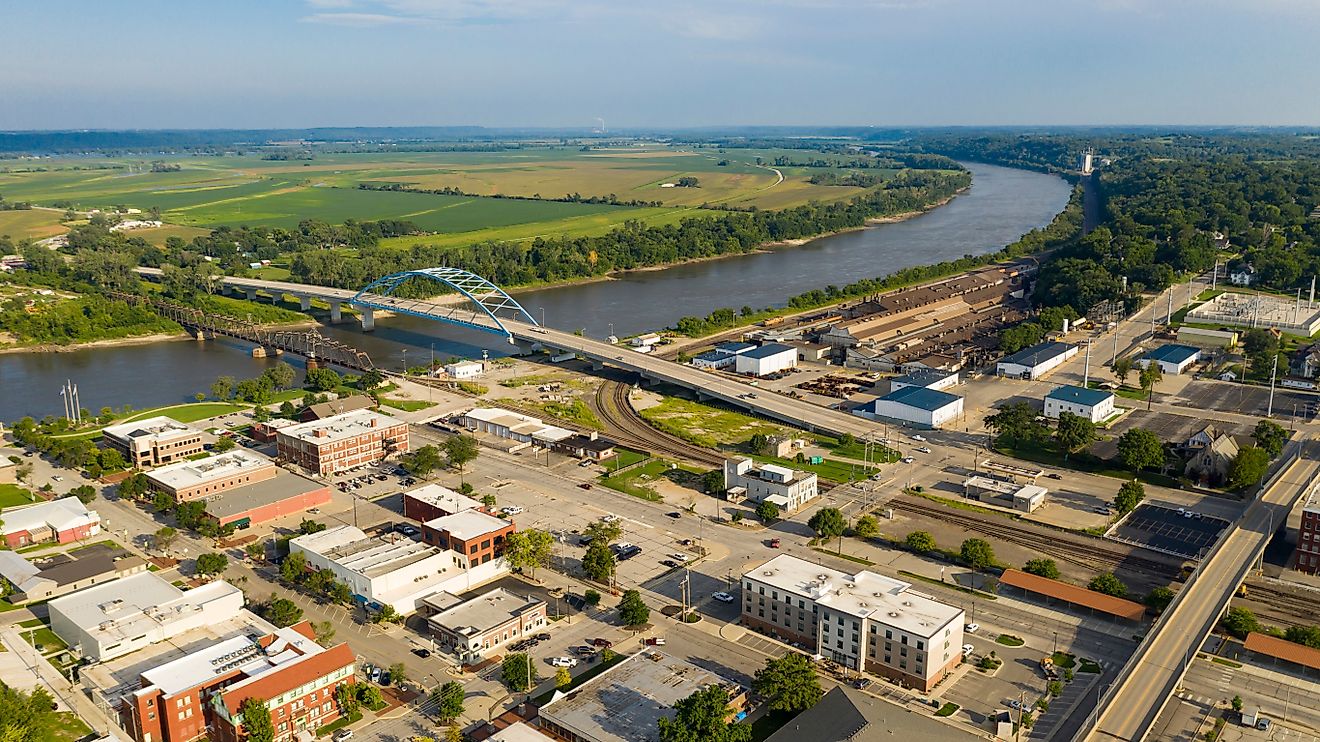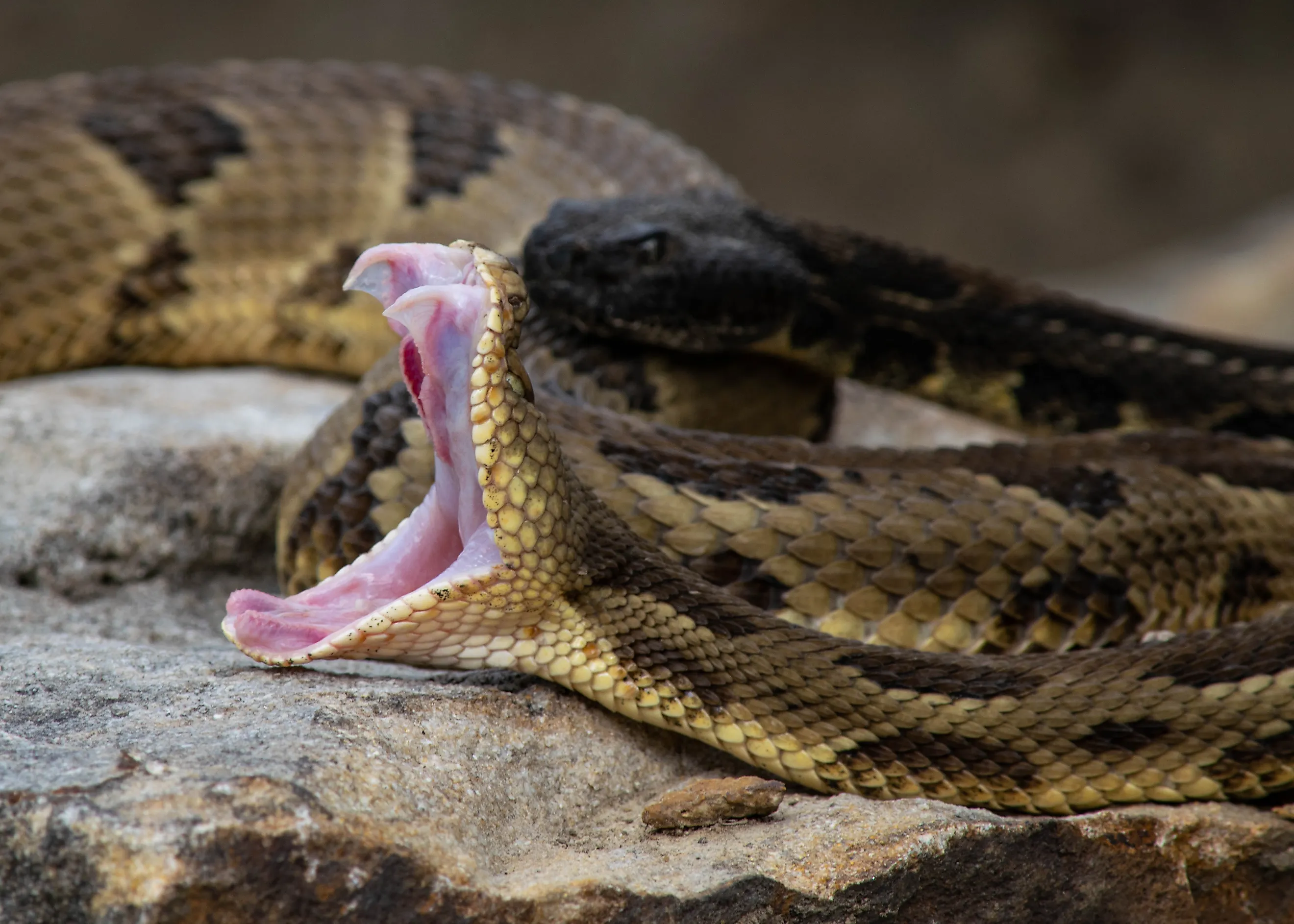
7 Snake Infested State Parks In North Carolina
North Carolina is home to over 40 state parks, and over 19 million people visit North Carolina state parks each year. Visitors are drawn to the diverse landscapes you can find in these natural havens, from the glistening coastal shores of Fort Fisher State Park to the rising peak of Mount Mitchell State Park. These areas offer hiking, camping, boating, and birdwatching, among other outdoor activities. Opportunities to view wildlife are a major appeal. However, the wildlife in North Carolina also includes snakes. Thirty-seven species of snakes are found in the state, and the state parks are prime locations to see them. Even though only six of the snake species in the state are venomous, it is wise to be cautious and aware of the kinds of wildlife in an area before visiting it. To best prepare for a trip to one of North Carolina’s beloved state parks, learn about these seven with the most snakes.
Merchants Millpond State Park
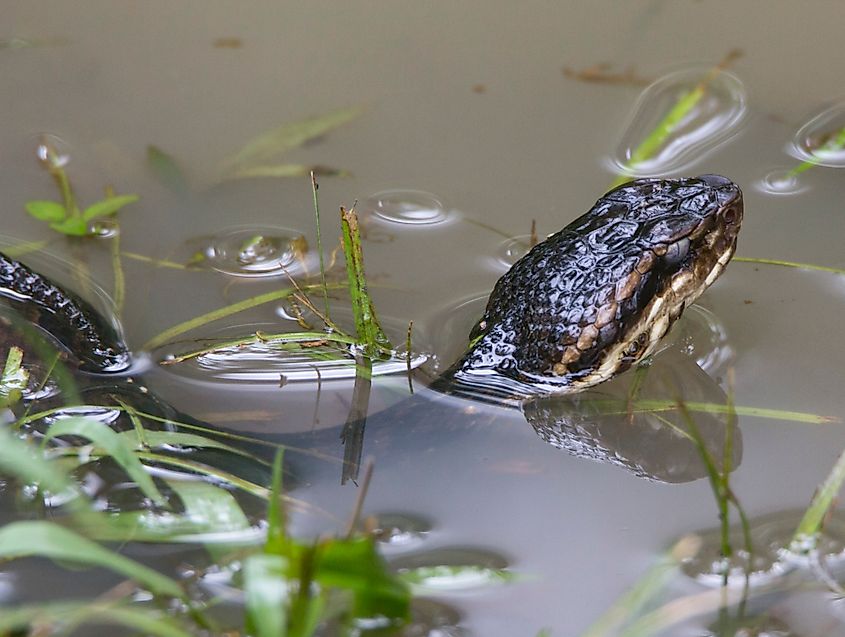
Merchants Millpond State Park is a hauntingly beautiful swamp filled with bald cypress and Spanish moss. Beneath its still waters lies one of the state’s most active snake populations. Visitors often spot the Cottonmouth (also called the water moccasin, Agkistrodon piscivorus), one of North Carolina’s venomous species, gliding through the dark waters or basking on fallen logs. The park also hosts several nonvenomous water snakes, including the Northern Water Snake (Nerodia sipedon) and Banded Water Snake (Nerodia fasciata), which are often mistaken for their venomous cousin. These snakes thrive in the park’s blackwater ponds and swampy creeks, especially during the warmer months when they can be seen sunning themselves near the canoe trails.
Goose Creek State Park

Located near Washington, North Carolina, Goose Creek State Park blends hardwood swamps, brackish marsh, and pine forest into a snake-friendly landscape. The park’s humid environment provides a home to both Copperheads (Agkistrodon contortrix) and a variety of nonvenomous species, such as the Red-Bellied Water Snake (Nerodia erythrogaster) and Banded Water Snake (Nerodia fasciata). Copperheads are often found curled in leaf litter or near the roots of cypress trees, camouflaged against the earthy tones of the forest floor. Visitors walking along the boardwalks may also glimpse water snakes coiled on branches or logs near the water’s edge. Goose Creek’s mixture of fresh and brackish habitats supports a healthy diversity of reptiles, making it one of the most snake-active areas in the coastal plain.
Eno River State Park
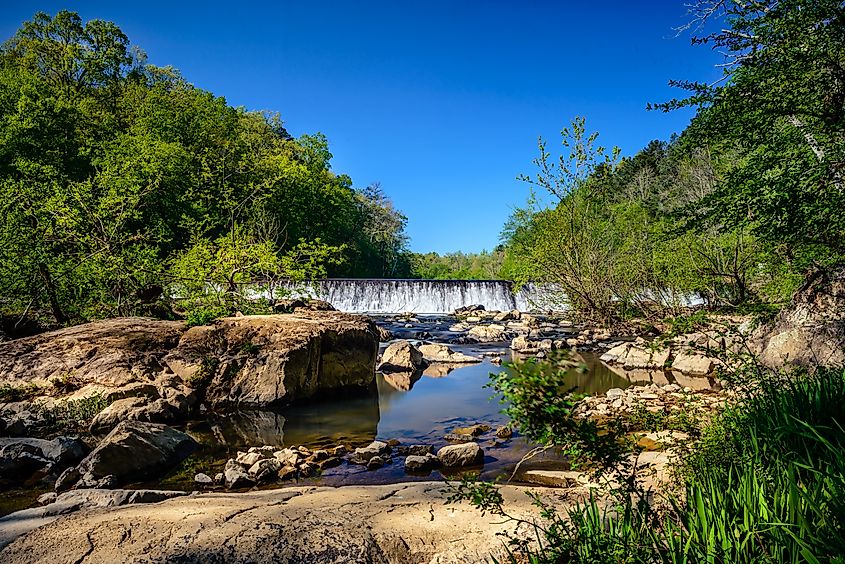
Eno River State Park, located in Durham, follows a winding, rocky river through the Piedmont region. The park is known for its Copperhead population, the only venomous snake documented there. Copperheads are frequently spotted along the park’s shaded trails and riverbanks, especially in late spring and summer when they bask on warm rocks. Alongside them, harmless species such as the Eastern Worm Snake (Carphophis amoenus), Eastern Rat Snake (Pantherophis alleghaniensis), and Northern Water Snake (Nerodia sipedon) also call the park home. The Eno’s mix of woodland, meadows, and river corridors makes it ideal for snakes seeking both cover and prey. Hikers are encouraged to stay on marked trails and keep an eye out when walking near the river’s edge.
Raven Rock State Park

Raven Rock State Park stretches along the Cape Fear River, featuring towering bluffs, hardwood forest, and lush floodplains. This park supports a thriving population of snakes, both venomous and nonvenomous. Copperheads are the most notable venomous residents, while species like the Northern Water Snake, Eastern Rat Snake, and Eastern Hognose Snake (Heterodon platirhinos) are commonly seen. The riverbanks and shaded ravines provide prime habitat for these reptiles, offering plenty of basking spots and small prey. Visitors might see water snakes slipping into the river or hognose snakes flattening their necks in mock displays of defense. Although copperheads are rarely aggressive, hikers should remain alert when stepping over logs or rocks along the riverside trails.
Hanging Rock State Park
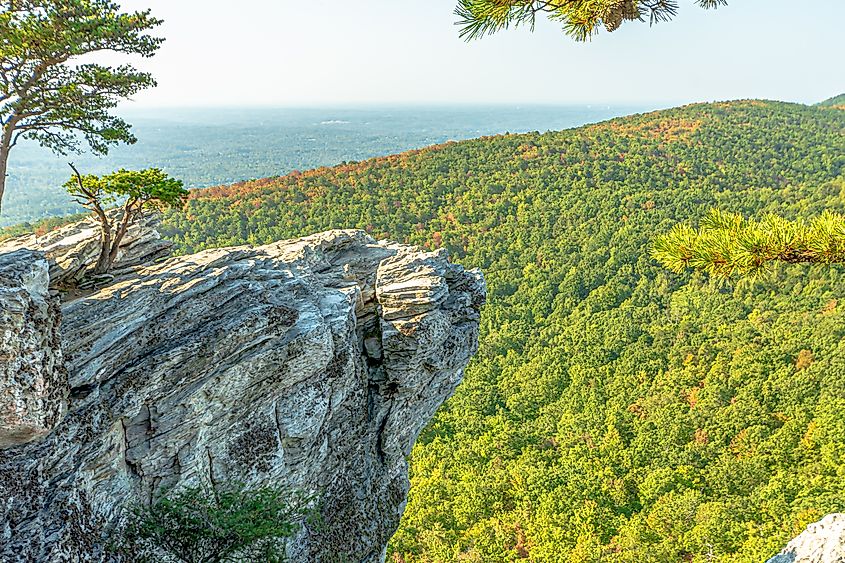
Set in the Sauratown Mountains, Hanging Rock State Park is one of the few places in North Carolina where two venomous snake species coexist: the Copperhead and the Timber Rattlesnake (Crotalus horridus). The park’s rocky terrain and sunlit ledges provide perfect basking spots for rattlesnakes, especially on warmer days. Timber rattlesnakes tend to be reclusive but may be encountered near rocky overlooks or trails during the summer. Nonvenomous species such as Black Rat Snakes and Eastern Garter Snakes also inhabit the area. With its combination of cliffs, forest, and streams, Hanging Rock offers an excellent cross-section of mountain and Piedmont habitats where snakes flourish. Visitors should stay aware when exploring rocky outcrops and avoid reaching into crevices.
Crowders Mountain State Park

Crowders Mountain State Park, located west of Charlotte, is another rocky haven for snakes. The park is home to both the Timber Rattlesnake and the Pigmy Rattlesnake (Sistrurus miliarius), two venomous species known for their preference for dry, open woodlands and rocky slopes. These rattlesnakes are seldom seen but are very much present, particularly during warm afternoons when they come out to bask. Nonvenomous snakes like the Eastern Kingsnake, Black Racer, and Eastern Rat Snake are also common throughout the park. With its boulder-strewn trails, ridgelines, and sunny rock faces, Crowders Mountain provides prime reptile habitat. Hikers should use caution when climbing or resting near rocks and avoid startling snakes that may be hidden in shaded crevices.
Carolina Beach State Park
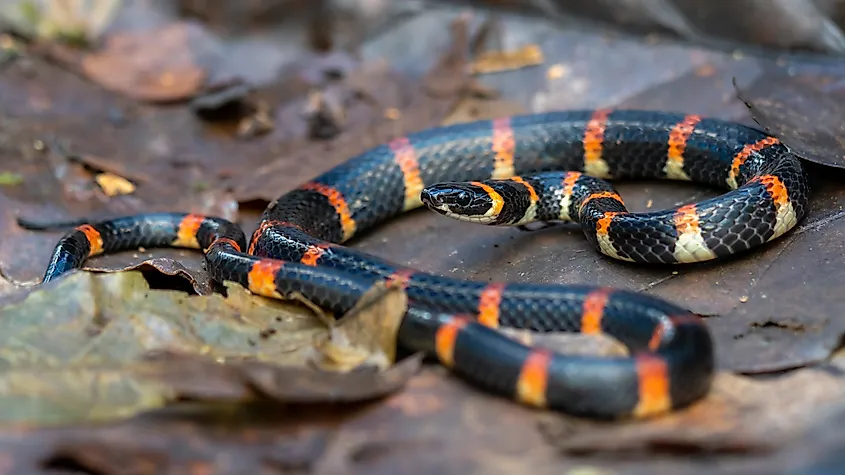
On the coast, Carolina Beach State Park offers a mix of sandy pine forest, pocosin wetland, and tidal marsh, habitats that host several snake species. The most frequently seen is the Copperhead, often found near the park’s wooded trails or basking near the river. There have also been occasional reports of the elusive Eastern Coral Snake (Micrurus fulvius), although confirmed sightings are extremely rare in North Carolina. More commonly, visitors might encounter Black Racers, Eastern Ribbon Snakes, or Rough Green Snakes crawling through the underbrush. The warm, humid climate makes this coastal park ideal for reptiles, so visitors should wear closed-toe shoes and stay aware of their surroundings, particularly during spring and summer when snakes are most active.
Stay Mindful of Our Slithering Friends
North Carolina’s state parks are a top draw for a reason; their abundance of plant and animal life makes them sanctuaries for those looking for a change of pace from an increasingly digital world. And visitors get to share these untamed spaces with fellow creatures who reside there. While these seven state parks in North Carolina are among the most snake-infested in the state, most snakes that visitors encounter will be harmless if left alone. Whether exploring a cypress swamp or hiking a mountain ridge, stay alert, respect wildlife, and enjoy observing one of nature’s most fascinating creatures from a safe distance.
